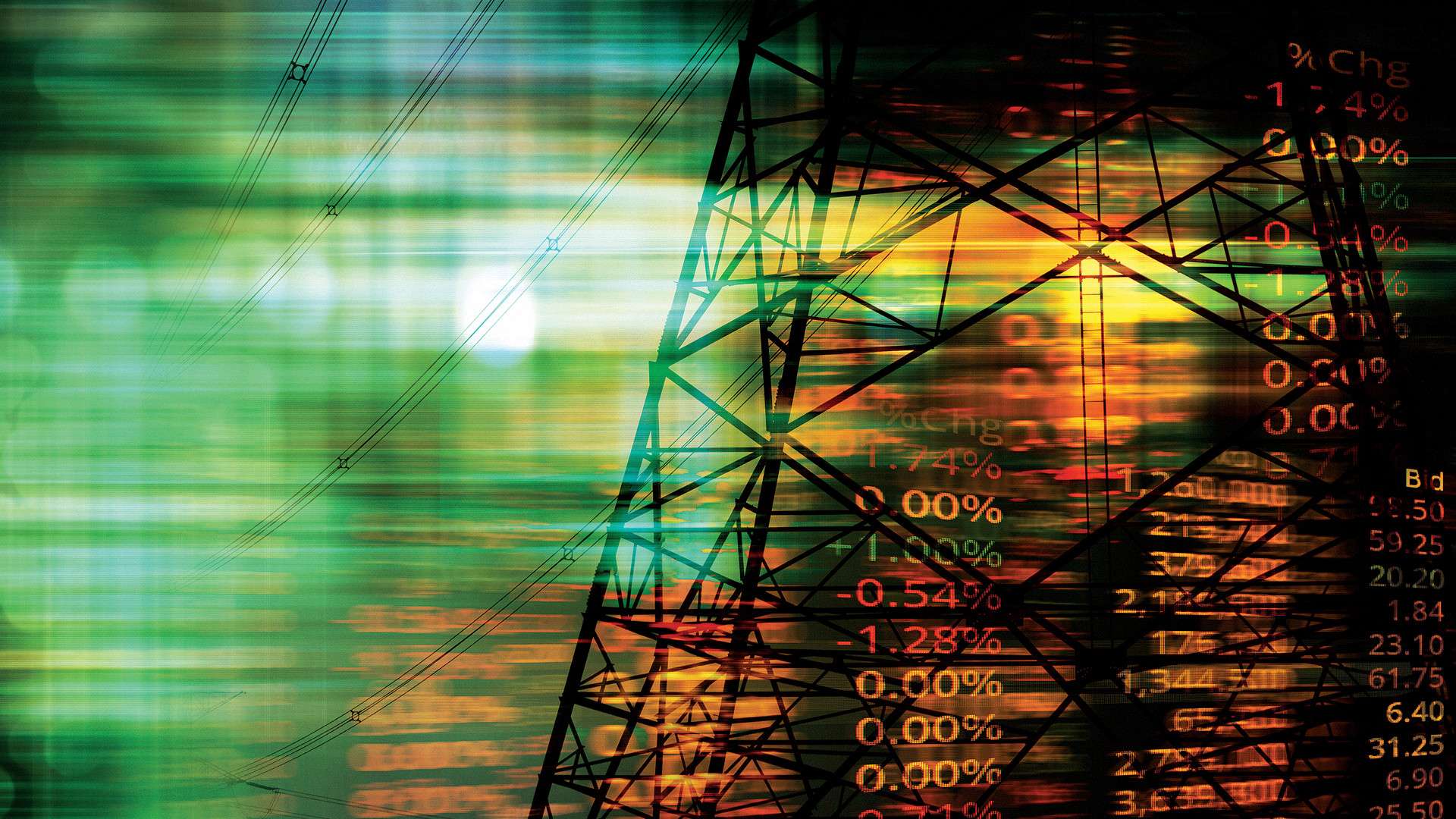
The global commodity trading industry has enjoyed an upward trajectory over the past couple of years. Given that all industries journey through numerous years of peaks and troughs, the industry’s prospects anticipate excellence in the ensuing years. Commodity trading is on the verge of a new normal (just like we were when the dreaded Covid 19 hit the world). The transition of the energy industry will herald an economic and physical transformation that will cut across and integrate the various global food, energy and materials systems. From this viewpoint, this transformation will increase structural volatility, disrupt trade flows to open new arbitrages, redefine the meaning of the commodity market industry as a whole and likewise, fundamentally alter the commercial relationships of the stakeholders involved. All these developments will create unique opportunities and challenges for new and incumbent traders alike. Here are the key development factors that have contributed to the rapid growth and which will likely have a further impact in the years to come.
Transitioning Energy Industry
With vital economic and environmental benefits being captured from decarbonisation, the inconsistency of incentives, bottlenecks in the value chain, and the current geopolitical crisis have clouded the supply and demand picture. The increased susceptibility of the financial markets to both the long and short-term volatility and peak and trough cycles will likely increase the value of maintaining prompt inventory to deploy in response to market imbalance.
Over the past few years, the markets have experienced historic spikes caused by the pandemic, ambiguous weather conditions, geopolitical events and macroeconomic uncertainty. These changing dynamics have been most apparent in the energy sector among others. The historic volatility of natural gas prices jumped from a low of 25% in the second half of 2021 to 179% just a few months later. Profitability is greatly determined by a combination of price levels and volatility. Likewise, energy transition has factored the environmental impact into the supply curve which will have implications for market volatility. A reordering of asset values and cross-commodity relationships would more strongly intertwine the volatility of incumbent commodities with that of the new green commodities.
Trade Flow Disruptions and Regionalisation
The smooth flow of global commodities remains remarkably vulnerable to potential disruptions from one-off events. The pandemic is a case in point where the precipitous drop in oil demand led to the prices falling to all-time lows. Recent events have kick-started a reordering of global flows and geographic distribution of assets makes a revisit to pre-2021 levels unlikely in the upcoming days.
In the energy bracket, the reduction in Russian supplies to Europe and its allies has led the European Union to rely on imports sourced or reimported from longer distances such as South America, the Middle East, the USA and West Africa. On the contrary, Russia is exporting higher volumes farther including to China and India. As a result, ships will likely spend more time at sea and freight optimisation could have a greater impact on the margins.
For agricultural products, the invasion of Ukraine has severely disrupted exports from the Black Sea, a region responsible for large shares of the global wheat trade, corn and sunflower oil. More severe trade flow complications could occur leading to the potential formation of trade blocs. For example, for LNG, Russian exports could be completely excluded from the OECD markets shifting instead to China, India and Turkey. On the other hand, the Australian and North American supplies would be redirected to Europe. Despite the various bloc formations, energy flows will adjust to balance the system and these flows will remain strongly interlinked via fundamental pricing relationships.
Liquidity and Financially Tradable Products
In the past decade, the commodity markets have experienced a dramatic rise in the overall level of liquidity. Although the past two years saw events such as sudden drop in liquidity in European power and gas trading, any repercussions will unlikely affect the overall trend. The major factor has been large producers that moved from direct-to-consumer (D2C) sales into trading to capture more value from their global logistics, systems and inventories. At the same time, some large clients could shift away from long-term contracts to capture benefits from the spot markets. For example, Middle Eastern NOCs have increased margins by bringing the products into the markets.
Commodity traders have also boosted their participation in one another’s value chains such as energy traders taking part in the value chains of agricultural traders and vice versa. Recent market developments included greater price transparency, greater access to structured and unstructured data, contract standardisation, new exchanges, platforms and regulations. The resulting lowered barriers to entry create a virtuous circle with larger market participation, transaction volumes and costs and ultimately the speed to the market.
Conclusion
A new normal will call for the global commodity market industry to change the age-old ways of doing things and will herald a new chapter. This new chapter will be spearheaded by market leaders who will keep a close eye on developments to usher in the future. The global financial markets have indeed entered an interesting phase – a phase characterised by the embodiment of a new tomorrow.

